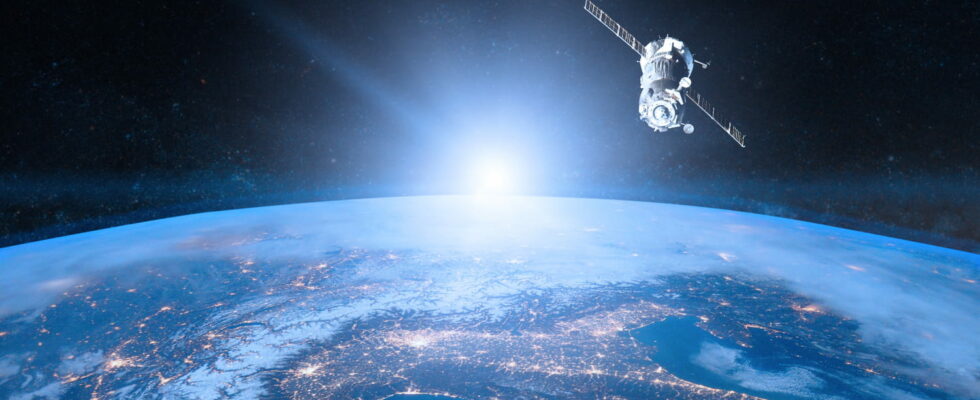Chinese researchers have just developed a very high definition espionage camera, capable of distinguishing great distance faces from satellites.
One might think the invention released from a science fiction film or novel: Chinese researchers claim to have developed a camera capable of distinguishing human faces from space, an advance that could revolutionize global surveillance. As explained by an article published in the South China Morning Postthis imaging technology far exceeds current capabilities, placing China in mind in the race for innovation in remote sensing.
The tests carried out on Lake Qinghai demonstrated the impressive capacity of this device to capture images of exceptional clarity more than 100 km away. Thanks to a combination of microlaventilles and optical noise reduction algorithms, the camera was able to identify tiny elements with an accuracy of 15.6 millimeters, an unprecedented feat in the field of space imaging.
This capacity to detect faces from space represents a major turning point in the field of surveillance. In military terms, it would make it possible to follow and identify individuals on large geographic areas, making the monitoring of precise targets infinitely more effective. China could thus strengthen its observation and intelligence capacities, both for internal control and to monitor distant territories. This technology could notably be used in biometric recognition of mobile targets, making large -scale spying much more precise and more discreet. Associated with military drones, it would make it possible to carry out targeted elimination operations with unprecedented precision, without requiring nearby observers.
However, the use of this camera would not be limited to the military area alone. It could also find applications in civil surveillance, such as crowd management or population monitoring for national security purposes. Other more peaceful uses include the management of natural disasters, making it possible to quickly identify people in distress in disaster areas.
The performance of this camera is certainly impressive, but they are not without limits. The tests were carried out under ideal weather conditions, leaving doubts about the efficiency of the device in the presence of clouds or rain. In addition, atmospheric absorption could alter the quality of the images during bad weather, which would limit its use in real conditions.
Nevertheless, the idea of capturing biometric data on this scale worries the defenders of individual freedoms, who fear drifts in terms of respect for privacy, especially in a country that already practices video surveillance to control the behavior of its citizens. If technology is as efficient as it is announced, it could redefine global surveillance standards. However, the absence of an international legal framework to supervise the use of such technologies raises the question of their regulation, in particular with regard to privacy rights and the militarization of space.
